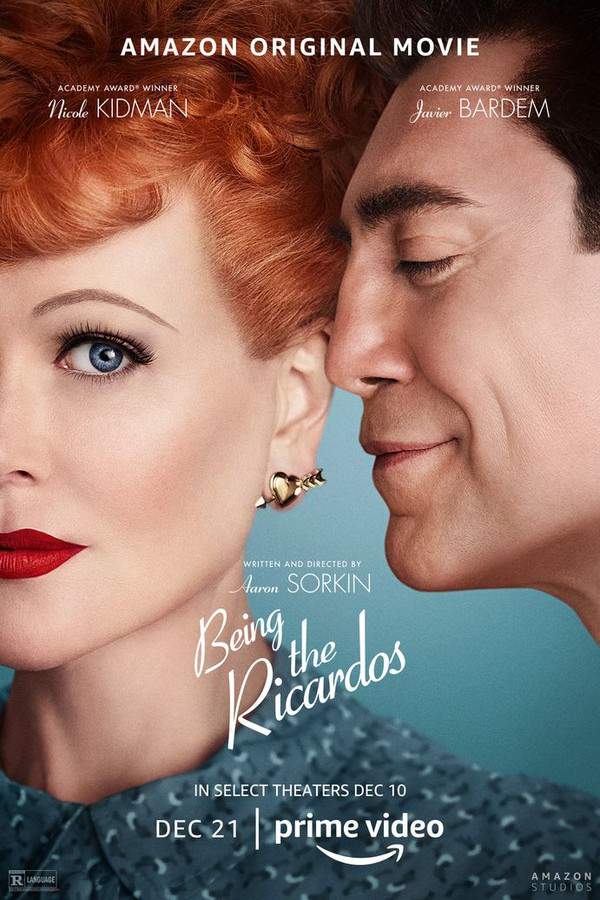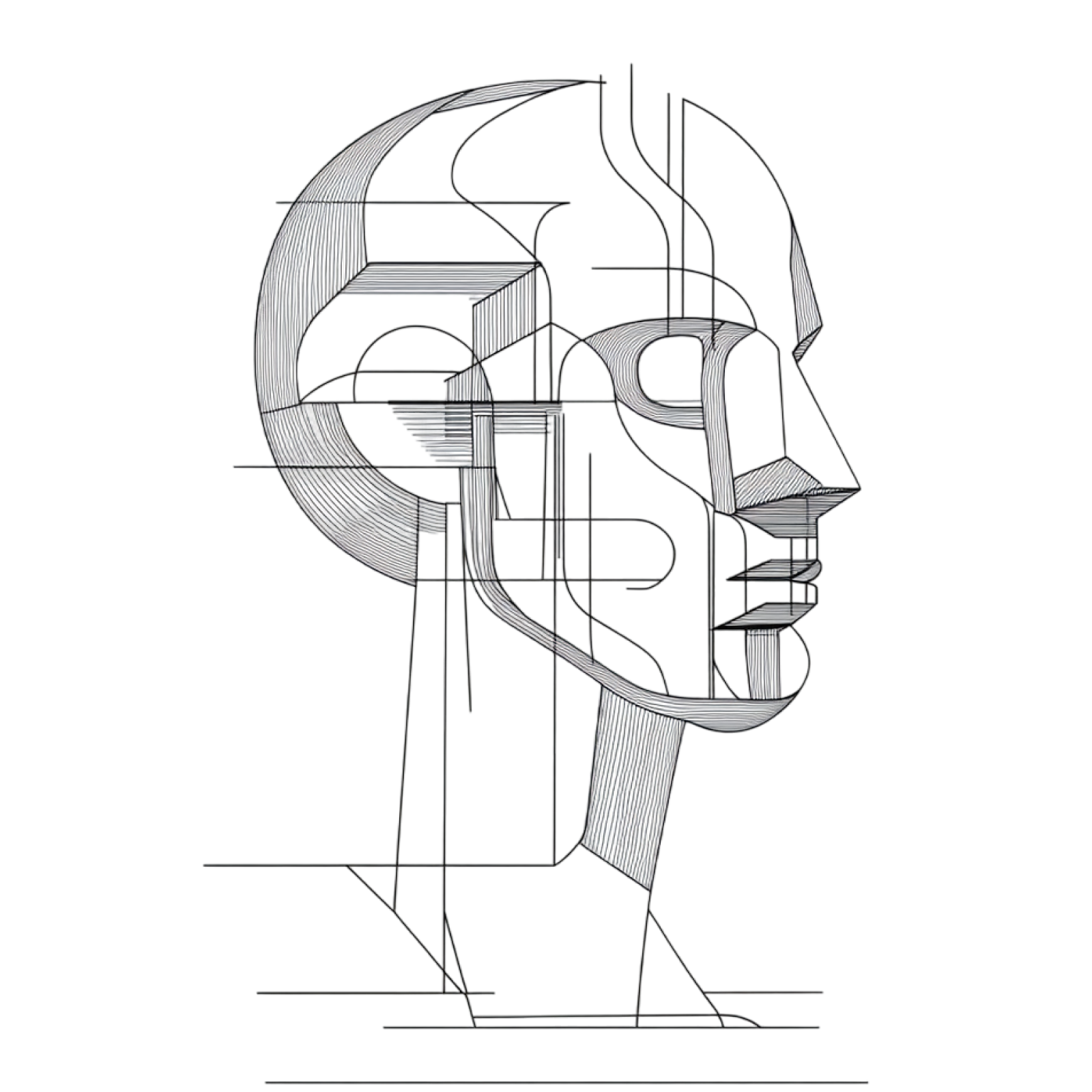
Being the Ricardos
Year: 2021
Runtime: 131 min
Language: English
Director: Aaron Sorkin
During a tense week of filming "I Love Lucy," Lucille Ball and Desi Arnaz confront both personal struggles and professional challenges. Scandalous rumors swirl, threatening their marriage and the future of the beloved sitcom. This film explores the complexities of their relationship and the pressures they faced while pushing the boundaries of entertainment in Hollywood's golden age.
Warning: spoilers below!
Haven’t seen Being the Ricardos yet? This summary contains major spoilers. Bookmark the page, watch the movie, and come back for the full breakdown. If you're ready, scroll on and relive the story!
Being the Ricardos (2021) – Full Plot Summary & Ending Explained
Read the complete plot breakdown of Being the Ricardos (2021), including all key story events, major twists, and the ending explained in detail. Discover what really happened—and what it all means.
As the story unfolds, we are immersed in a fascinating narrative that explores the intertwined lives of Lucille Ball and Desi Arnaz. This cinematic experience takes us on an exciting journey through their world, blending present-day insights from the show’s main writers - Jess Oppenheimer, Madelyn Pugh, and Bob Carroll Jr. - alongside poignant flashbacks that illuminate their complex relationship. We also get a unique glimpse into the meticulous planning that went into filming an episode of I Love Lucy in 1953.
The tale begins in 1939, when Ball, then a rising star at RKO Pictures, earned the title “Queen of the B-Movies” due to her remarkable achievements. Her breakthrough moment arrived with Too Many Girls, where she met and fell deeply in love with the charming Cuban singer, Arnaz. His unwavering support and her heartfelt confessions about her aspirations for a loving family led to their marriage and the acquisition of a Hollywood home. However, their attempts to enjoy quality time together were continuously hindered by Arnaz’s hectic schedule with the Desi Arnaz Orchestra, coupled with Ball’s struggles for success in her film career.
Upon returning from his service in World War II, Arnaz resumed touring with his orchestra, while Ball secured a major role in 1942’s The Big Street. She met with RKO President Charles Koerner, hopeful of solidifying her position as a leading lady akin to the legendary Rita Hayworth and Judy Holliday. However, instead of the expected support, she found her contract terminated due to her age, with a suggestion to focus on radio instead. In 1948, Ball was cast in the popular radio show My Favorite Husband, which quickly rose to become a significant success.
When CBS proposed adapting My Favorite Husband into a television series sponsored by Philip Morris, it illuminated a pivotal opportunity for Ball and Arnaz to reclaim their connection. Ball insisted that Arnaz take on the role of her on-screen husband, much to the initial dismay of the executives, who were concerned about the implications of having a Cuban man opposite an “all-American” star. Eventually, they relented, allowing the project to move forward.
By 1953, the series was reborn as I Love Lucy, achieving phenomenal success with an audience of almost 60 million viewers weekly. Producing the show through their company Desilu Productions in Los Angeles, Ball and Arnaz pioneered a groundbreaking three-camera setup designed by Arnaz, tailored to accommodate a live studio audience on the East Coast.
Despite the inevitable chaos that arose, exacerbated by her co-star William Frawley often arriving inebriated and Vivian Vance harboring resentment towards Ball’s ambitions for her character, Ball frequently clashed with directors and writers over her demands for perfection.
As the radio waves buzzed with sensational claims from Walter Winchell regarding Lucille Ball’s supposed Communist affiliations, ripples of anxiety spread throughout the I Love Lucy production team. Ball explained that her past registration as a party member occurred under the mistaken influence of a relative. Desi Arnaz, navigating his role as co-founder of Desilu Productions, sought to downplay the situation, attributing it to a simple error in checking the wrong box on the registration form.
Amidst this turmoil, the writers informed Ball of her pregnancy with their second child, only for network executives to declare that the word “pregnant” could not be mentioned on air. Confronting Arnaz about his persistent late nights, the gravity of their strained relationship became evident when he presented a tabloid photo of himself with another woman from months before. Acknowledging the tension, Frawley offered insights suggesting that Arnaz felt sidelined by Ball’s rising influence both creatively and in business, spurring conversations about their faltering marriage with showrunner Jess Oppenheimer.
Desperate for help, Ball turned to Oppenheimer, who surprisingly managed to gain permission to incorporate her pregnancy into the show, rather than ameliorating Arnaz’s fears. The tension reached a boiling point during the taping of a new episode, intensified when a newspaper article publicly deemed Ball a Communist – a label she had already cleared during an HUAC hearing.
As filming commenced, Arnaz addressed the studio audience regarding the baseless accusations, even taking a live call from FBI Director J. Edgar Hoover, who reiterated Ball’s innocence. Backstage, Ball confronted Arnaz with a lipstick-stained handkerchief, leading to a flurry of revelations and encouraging a raw, revealing moment of honesty. As filming continued, a vintage catchphrase echoed in her mind – > “Lucy, I’m home.” Ultimately, the narrative concludes with an epilogue disclosing that Ball filed for divorce following the taping of their final show in 1960.
Last Updated: November 22, 2024 at 15:04
Ending Explained – What Happens at the End of Being the Ricardos?
Still wondering what the ending of Being the Ricardos (2021) really means? Here’s a spoiler-heavy breakdown of the final scene, major twists, and the deeper themes that shape the film’s conclusion.
The ending of “Being the Ricardos” reveals the emotional climax of Lucille Ball’s tumultuous week during the filming of a single episode of “I Love Lucy.” Throughout the film, we see her struggle with intense personal and professional conflicts—allegations of communism, doubts about her marriage, and her desire to be taken seriously as an actress. These conflicts come to a head when Lucy is faced with a moment of crisis on set, where she freezes during the filming of a crucial scene because her “home,” both literal and emotional, has fallen apart. She believed her marriage was strong, but evidence of Desi’s infidelity—and the overwhelming suspicion of her political innocence—shattered her sense of security. Despite Desi’s efforts to clear her name by calling the FBI and J. Edgar Hoover, the truth of her innocence is ultimately confirmed, bringing relief and victory in the public eye. However, this resolution doesn’t repair the damage in her personal life. The scene where Lucy freezes is symbolic—it reflects her feeling of being broken inside, a moment of vulnerability that signifies her loss of control and the personal sacrifices she made for her career and marriage. While she continues to shine on screen with her second pregnancy, her private life crumbles, and she and Desi eventually divorce years later. The ending underscores the profound toll of fame, love, and personal integrity, showing that behind the laughter of her television persona was a woman wrestling with real pain, doubt, and the high cost of her dreams.
Last Updated: June 25, 2025 at 08:44
Unlock the Full Story of Being the Ricardos
Don't stop at just watching — explore Being the Ricardos in full detail. From the complete plot summary and scene-by-scene timeline to character breakdowns, thematic analysis, and a deep dive into the ending — every page helps you truly understand what Being the Ricardos is all about. Plus, discover what's next after the movie.
Being the Ricardos Timeline
Track the full timeline of Being the Ricardos with every major event arranged chronologically. Perfect for decoding non-linear storytelling, flashbacks, or parallel narratives with a clear scene-by-scene breakdown.

Characters, Settings & Themes in Being the Ricardos
Discover the characters, locations, and core themes that shape Being the Ricardos. Get insights into symbolic elements, setting significance, and deeper narrative meaning — ideal for thematic analysis and movie breakdowns.


